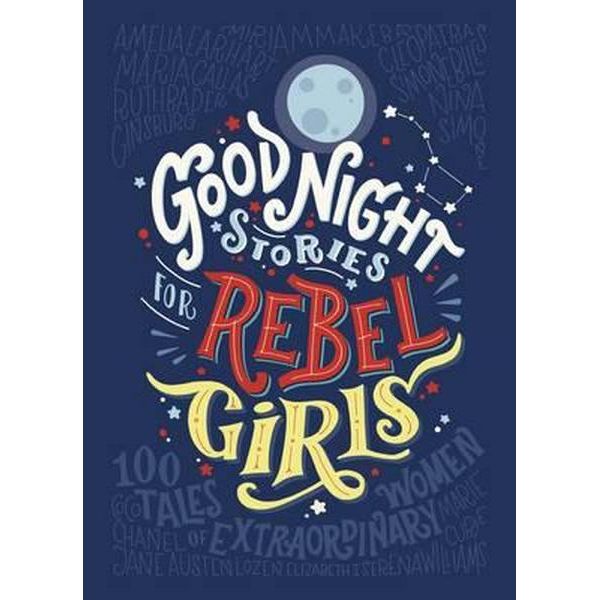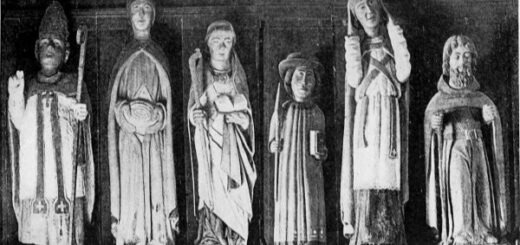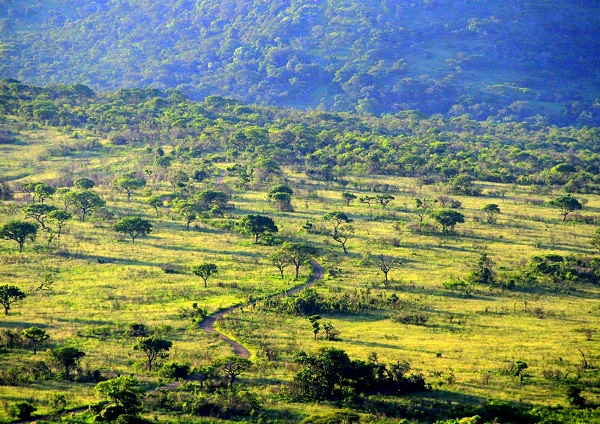THE FIRST WARATAH (Australian Legends) by C. W. Peck
Why did the early arrivals in Australia imagine that the aborigines had no folk-lore, no legends, hardly any manners, habits and customs? Is it that they really had none, or that the blacks were merely incomprehensible? I think it was the latter.
Australia had much of country to be explored difficult country-on the Coast cool and equable of climate, on the highlands rough, jagged, and cold, on the Great Plains desert, with all the heat and madness of a great gravelled and sandy waste and the tales that may be told, known and unknown, are tales of endurance and adventure, rivalling truth and fiction of the sixteenth century.
One of the prettiest is the true story of Barrallier and its sequel. Barrallier carved his name on a gum-tree in one of the roughest of the foothills of the Great Dividing Range in 1802.
He was an officer in the Navy. He was fired with a desire to explore. But he was thwarted by his officers-the Commander refused him leave. Then did the Governor show that resource that is now supposed to be possessed solely by the Australian Digger.
The Digger, being British, but inherited it; and if the Tommy generally is without it, it is because Tommy generally is not Tommy specially.
Governor King learned of Barrellier’s great desire, and as Governor King could make appointments irrespective of the naval commander, he gave Lieutenant Barrallier, R.N., the post of aide to himself. And then Governor Philip Gidley King, also R.N., sent his aide on an embassy to a mythical King of the Burragorang Tribe, away in those rocky fastnesses in the foothills of Australia’s Great Dividing Range. Barrallier got down into that now far-famed Valley, and we, who do it in cars on a road blasted out of the side of a sheer precipice two thousand feet deep, wonder how!
There really was a king down there, and his name was Camoola. He was polite and eager to assist, if withal curious. He led Barrallier over a trackless defile, and showed the way up the rock walls by the track of the bush rat or the dingo.
But he developed a will to elbow Barrallier down into the ravine again.
No protestations availed to cause Camoola to continue in the direction Barrallier’s compass pointed as the way to the interior. The white man grew angry; Camoola grew sullen. Camoola tried to tell something, even brandishing a spear, and Barrallier thought that demonstration a menace. Barrallier showed his teeth, and that night he was deserted. Sunrise showed that Camoola and his dusky satellites had vanished. The pointing of the spear was to illustrate that should the journey be continued another tribe’s country would be trespassed upon, and war would be the result.
And Barrallier was in the thick gullied bush, surrounded by great forbidding walls of rock, and there grew the lovely Prostanthera[1] with it, purple baby-toothed flowers, the wild Clematis, the beautiful Araucaria, the laurel-like Rapanea[2] variabilis, the Alsophila excelsa, the myrtles, and that glorious plant and flower that to-day is the pride of every Australian who sees it and knows its history, and knows the fact that of all the world only Australia and Tasmania have it-have its whole genus-the WARATAH!
Its genus name was given to it by the great botanist Brown, and that was after it had been wrongly described as an Embothrium.
In 1818 Brown named the genus-which comprises three varieties-Telopea, because it is seen from afar; Queensland’s waratah is Telopewa speciosissima; that variety also grows in South Wales, as also does Victoria’s, which is called Telopea oredes, and the little beauty, the joy of the artist, is Tasmania’s Telopea truncata.
But this little bit of botany is a digression.
Barrallier got out, and after reporting adversely of his black guides, he was returned to the navy, and his end came to him back in his native England, after being entrusted by the British Government with the task of erecting Cleopatra’s Needle on the Thames Embankment.
Though he did not know it, we revere the name of Barrallier, and we glory in the deeds that were his. At the top of a rocky pass is his name cut in a giant gum-tree, and the date “1802.”
[1. Prostanthera, the white variety of Tasmania is known as snow-flower.
2. Rapanea variabilis, a laurel,–Alsophila, a tree tern; Araucaria cunninghami, a pine tree; Embothrium, a family of red ftwering plants in South America.]
Now for the sequel.
Many months afterwards a fine specimen of the Burragorang tribe found his way to a settler’s house not far from Parramatta. He was none other than Camoola. And strange as it may seem, Camoola had had tidings brought him of Barrallier’s adverse report. Two Hunter River blacks who were with Barrallier had returned to the Burragorang Valley with the story, and they taught to Camoola a little of the white man’s tongue. He bore as a peace offering the national flower of his race-the only flower that the black man ever plucked to show a white man-the waratah.
And Camoola told its story.
Long years ago there lived a beautiful aboriginal maiden named Krubi. She had made for herself a cloak of the red skin of the rock wallaby, and she had ornamented it with the redder crests of the gang-gang cockatoo. It was said down in the Burragorang Valley to be the only cloak of its kind in the world. And Krubi knew of a man who was far enough removed in blood to be encouraged in his love for her. Her man had not yet been taught all that the corroboree was inaugurated to teach, but that did not prevent her from choosing a cleft between two great weathering sandstone rocks on the top of a ridge to watch for her man’s return from the chase. The red figure was the first object to strike the eyes of the returning tribe of hunters. The red cloak was the only object looked for by the young man. But one night Krubi’s heart was saddened. She learned that there was to be a great corroboree, and her man was to be taught what–to do in war. Blacks from another tribe had been seen on Burragorang preserves.
They were to be punished.
Krubi of the red cloak stood on the sandstone cleft and watched for the return of the warriors. She heard the yells of battle. She saw here and there a flying figure, and sometimes she saw the swaying crowds down on the clear patches between the forest giants and tangled scrubs. Then in the afternoon she saw her scattered tribe of fighting men returning, and no young, lithe figure stepped out from the others and peered up as of yore.
Krubi stayed for seven days waiting, and her tears formed a little rivulet, and already the Leptospermum and the Boronia serrulata, and Epacris longifolia had begun to sprout. Krubi did not know their names, neither did Camoola, but Camoola showed the flowers-the Buttonflower, the Native Rose, and the Native Fuchsiaand afterwards the botanists made the names.
Then Krubi went to the camp.
The ashes were cold and seven days old.
So Krubi returned to the sandstone ridge, and, with that power that the black man exercises, and that all mankind possesses, she willed herself to die. She passed into the little tract of weathered sandstone, and up came the most beautiful of Australian flora. The stalk is firm and straight, and without a blemish, just like the man Krubi died for. The leaves are serrated and have points just like his spear. And the flower is red, redder and more glowing than any other in Australia. The black man called it “waratah” because it is most beautiful. He loved it because he knew its history.
And Sir James Smith, the President of the Royal Society in London, wrote of it in his book published in 1793 in these words: “The most magnificent flower that the prolific soil of New Holland affords is, by common consent, both of Europeans and natives, the WARATAH!”
No one but an Australian can say, “My Waratah,” for no other country has it.
Mr. Richard T. Baker, F.L.S., of Sydney, has produced a book called “The Australian Flora in Applied Art” 1915. Get it and see for yourself what a wonder this flower is!
If you liked this story, leave me a comment down below. Join our Facebook community. And don’t forget to Subscribe!
















